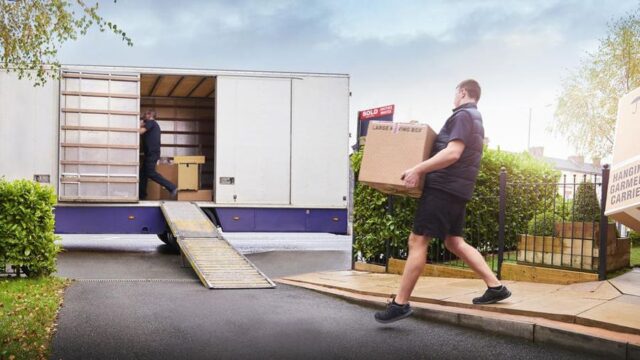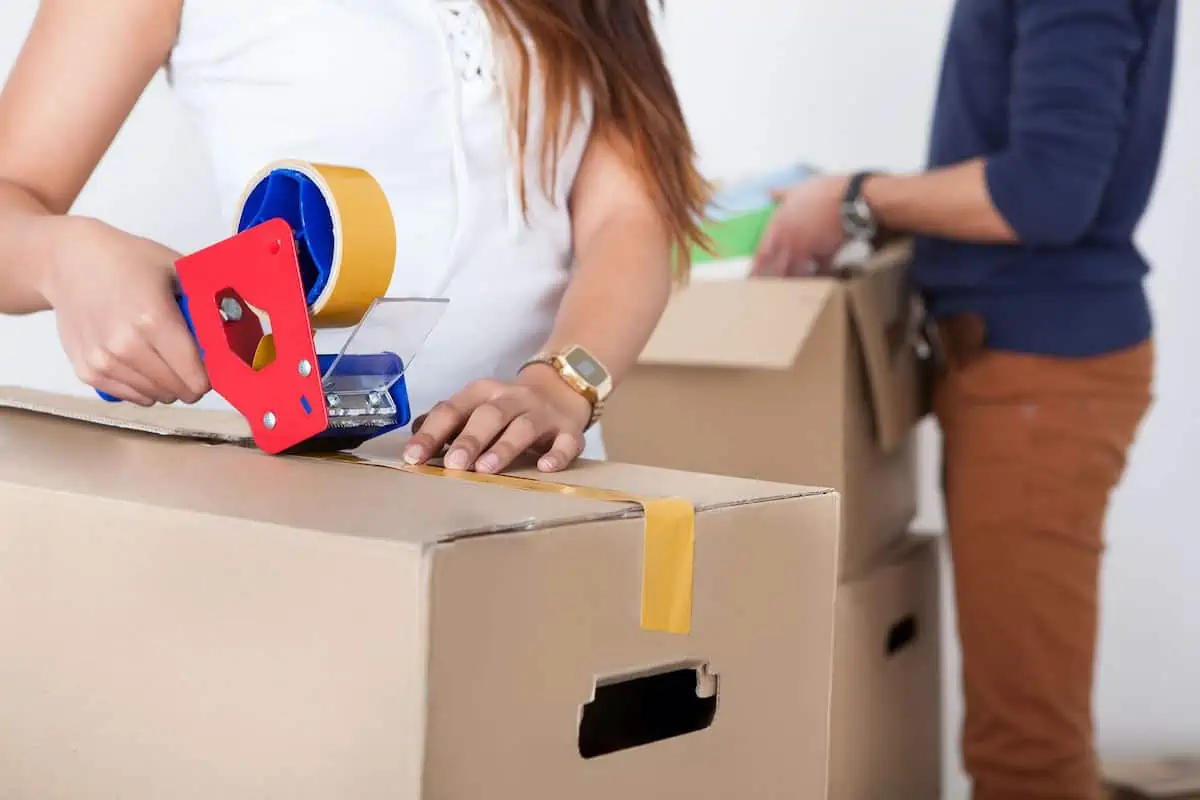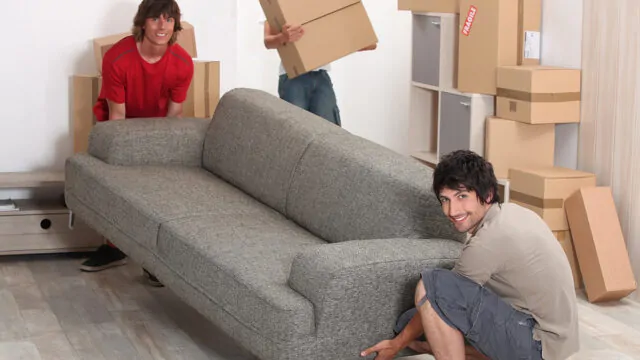
Moving house alone is no small feat. It can be exciting and overwhelming all at once, but it is always difficult. Navigating this process requires planning, strategy, and a little bit of grit.
In this comprehensive guide, we’ll help you go from the first inkling of a move to settling down in your new home. It’s a journey that will call upon your ability to organize, plan, decide, and execute. But fear not, we’re here to guide you every step of the way.
Preparing for Your Move
Planning is the cornerstone of any successful move, especially when it’s a solo venture. Start by creating a detailed plan that outlines your moving process. This should include everything from budgeting to inventorying your belongings.
Research the cost of hiring movers, renting a moving truck, and purchasing packing supplies. Determine whether any additional costs like home repairs or travel expenses will be part of the process. Set aside a contingency budget for unexpected expenses that may pop up.
After you’ve outlined your budget, create a list of everything you own. A moving inventory will help you keep track of your belongings and could be a lifesaver when it’s time to unpack.
You may be surprised at how much you own, and this can also be an excellent opportunity to decide what you want to keep, discard, or donate. Cataloging your possessions isn’t glamorous, but it’s a crucial step to ensure nothing gets lost or forgotten.
Organizing and Decluttering

Once you’ve inventoried your belongings, it’s time to declutter. Divest yourself with items that no longer serve a purpose in your life. This could be old clothing, obsolete electronics, books you’ve already read, or decor that no longer fits your aesthetic.
Organize a garage sale or donate them to charities. Not only does this create a sense of renewal, but it also reduces the volume of things you’ll have to pack and transport.
As you declutter, begin to organize your items by categories or rooms. This simplifies the packing process and makes setting up your new home a breeze. You could categorize items by usage frequency, or by their room of origin. For example, keep all kitchen items together or all infrequently used items like holiday decorations in one place.
This will save you from rummaging through countless boxes looking for your coffee maker on your first morning in the new house.
Creating a Moving Timeline
The success of your move is directly proportional to how effectively you manage time. Therefore, it’s vital to establish a moving timeline. Begin by determining your moving date, then work backward to allocate tasks accordingly.
Early tasks could include researching moving companies, notifying your landlord (if you’re renting), or starting to pack non-essential items.
The latter part of your timeline should include final tasks like deep cleaning your old home, transferring utilities, and confirming details with your moving company.
It’s essential to maintain flexibility within your timeline, allowing for last-minute changes or unforeseen complications. Remember, preparation is key, and a comprehensive moving timeline is a surefire way to keep stress levels at bay.
Finding a Reliable Moving Company

To minimize the physical stress of moving, hiring a reputable moving company is recommended. Begin your search by soliciting recommendations from friends or reading online reviews. It’s important to compare quotes from multiple companies to ensure you’re getting the best deal.
Once you’ve narrowed down your options, ask potential movers about their policies regarding insurance, delays, or property damage. It’s crucial to have a clear understanding of these policies to protect yourself and your possessions. A reliable moving company will alleviate a lot of the logistical stress, leaving you free to focus on the excitement of your new beginning.
Packing Strategies and Materials
Packing is perhaps the most labor-intensive aspect of moving. Starting early is essential to avoid last-minute scrambling. Begin with less frequently used items and gradually move on to essentials as the moving day approaches.
Remember to utilize packing materials such as bubble wrap, packing paper, and sturdy boxes to protect your items during transport.
The right packing materials can mean the difference between a smooth move and a disaster. Invest in quality boxes, packing tape, and bubble wrap for fragile items.
If you’re on a budget, consider sourcing boxes from local businesses or friends who’ve recently moved. For valuables, like jewelry or important documents, consider personal transportation to ensure their safety.
Labeling and Inventory Systems

Once your items are safely packed, developing a labeling system is critical. This can be as simple as writing the contents and the room destination on each box. For a more sophisticated approach, consider color-coding your boxes by room, or using numbered labels corresponding to an inventory list.
Developing a comprehensive inventory system will streamline the unpacking process. Consider creating a digital inventory, detailing each box’s contents. This way, you can easily search for items on your smartphone or computer. While this may seem like extra work, you’ll thank yourself when you’re able to locate your bedding quickly on the first night in your new home.
Handling Fragile and Valuable Items
Extra care should be taken when packing fragile or valuable items. Wrap each item individually in bubble wrap or packing paper. To prevent movement in transit, fill any gaps in the box with crumpled paper or packing peanuts. It’s also a good idea to label these boxes clearly as ‘fragile’ so that movers handle them with extra care.
Your valuable items deserve special attention too. Depending on their size and value, you may want to consider getting additional insurance coverage. For smaller items like jewelry or important documents, it might be best to transport them personally. This way, you can ensure they arrive safely at your new home without the risk of loss or damage.
Moving Large Furniture and Appliances

Moving large furniture and appliances can be a daunting task. Start by taking measurements to ensure everything will fit through doorways and into your new space. If possible, disassemble furniture to make it easier to transport.
With appliances, consult the owner’s manual for moving instructions to prevent any damage. It’s also crucial to allow appliances, like refrigerators and freezers, to defrost at least 24 hours before moving.
Professional movers can be invaluable for transporting these bulky items, as they have the necessary equipment and expertise.
Summary
Settling into your new home will take time. But with careful planning and organization, your move can be a smooth transition rather than a stressful ordeal. Use this guide to navigate the process with confidence, knowing you’re ready to tackle each step with poise and preparation.
Embarking on a solo move might seem too daunting a task at first, but with a solid strategy and the right mindset, it can be an empowering experience.
You will not only learn about the practical aspects of moving but also discover your resilience and ability to adapt. So take that leap, embrace the adventure, and enjoy your new beginning.









